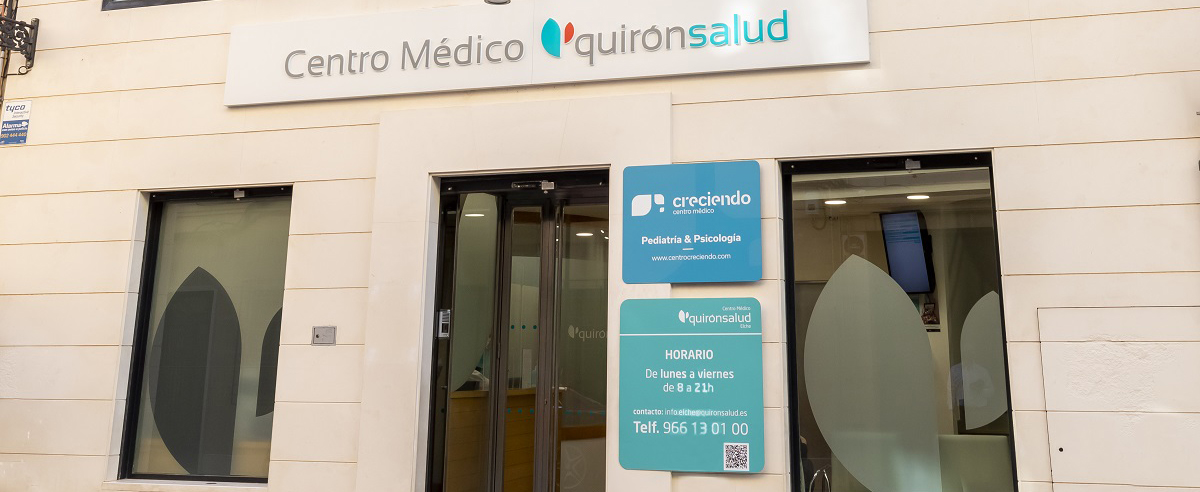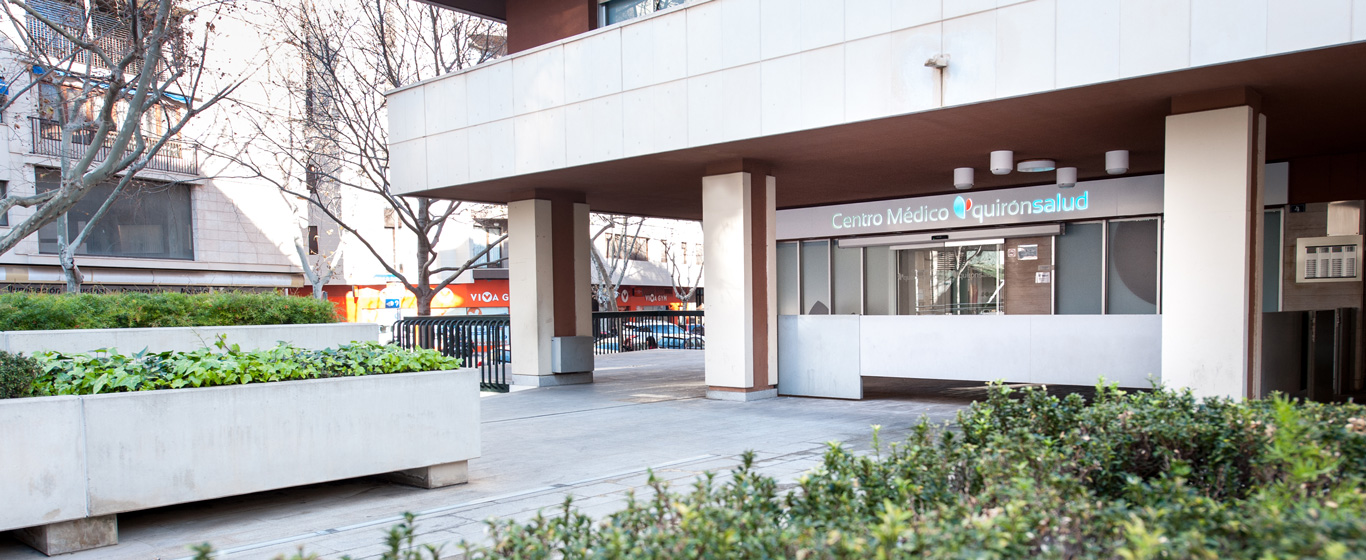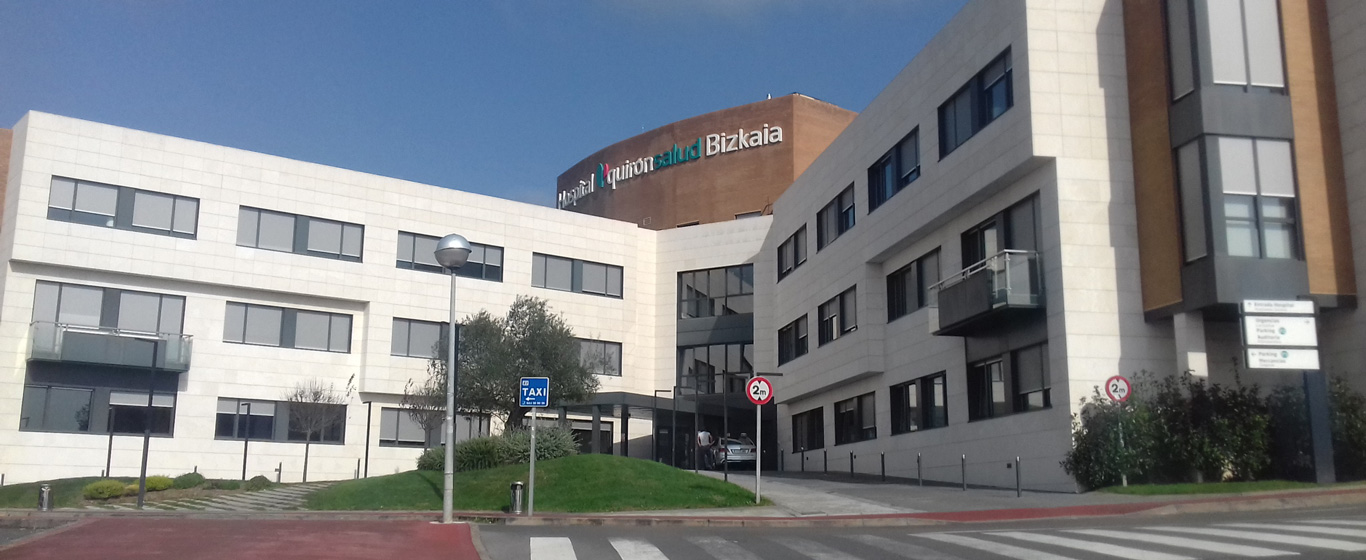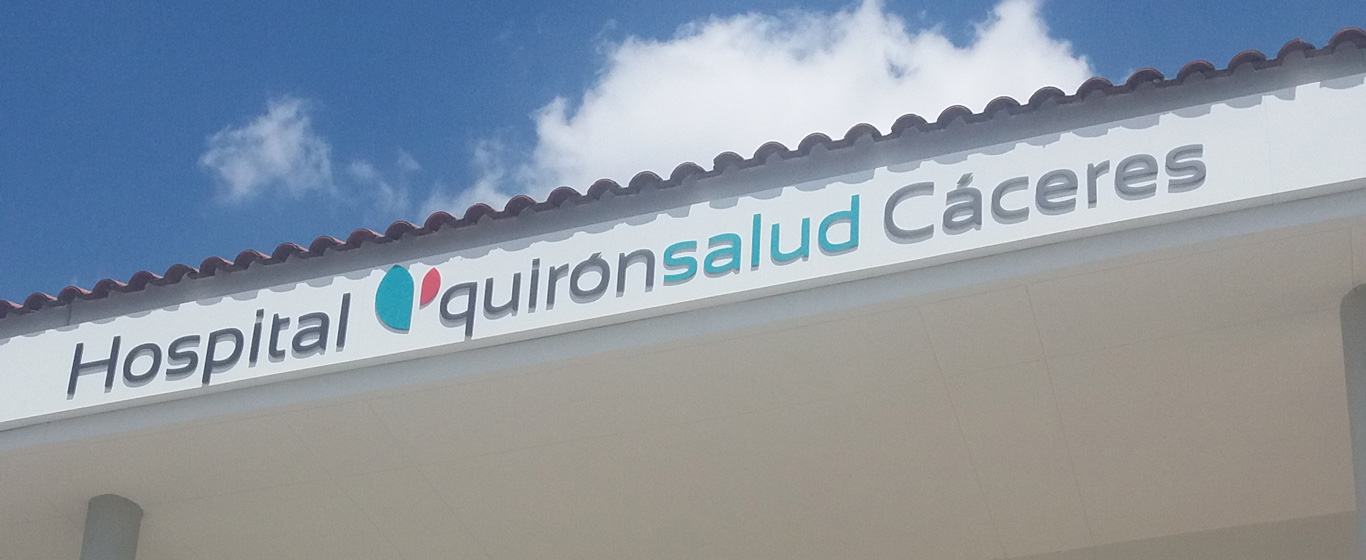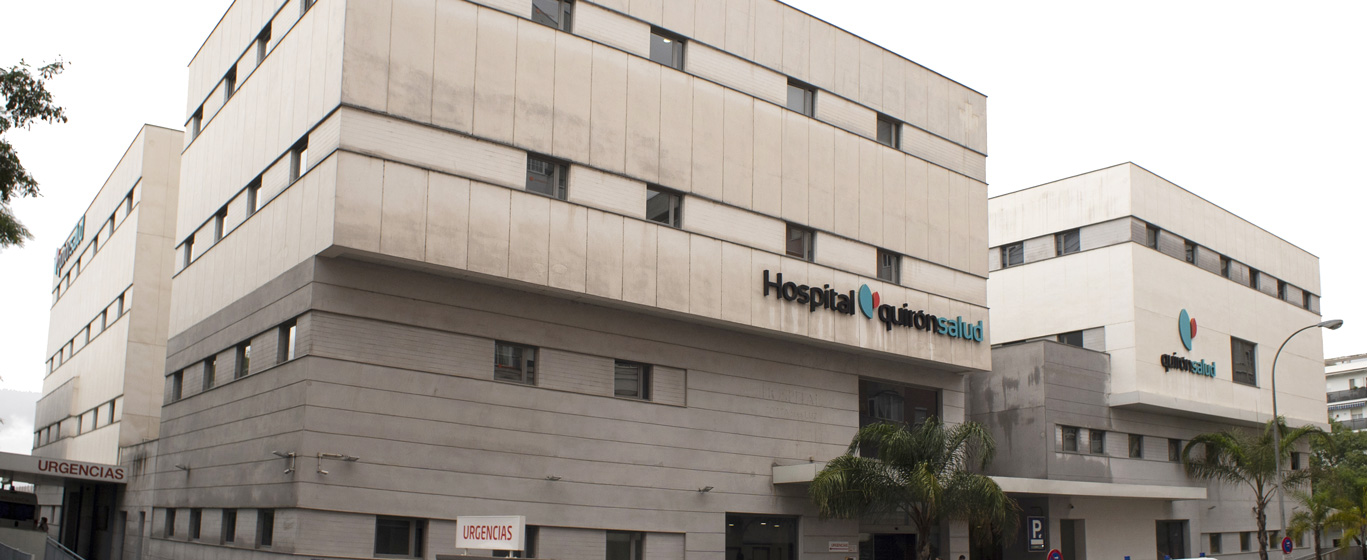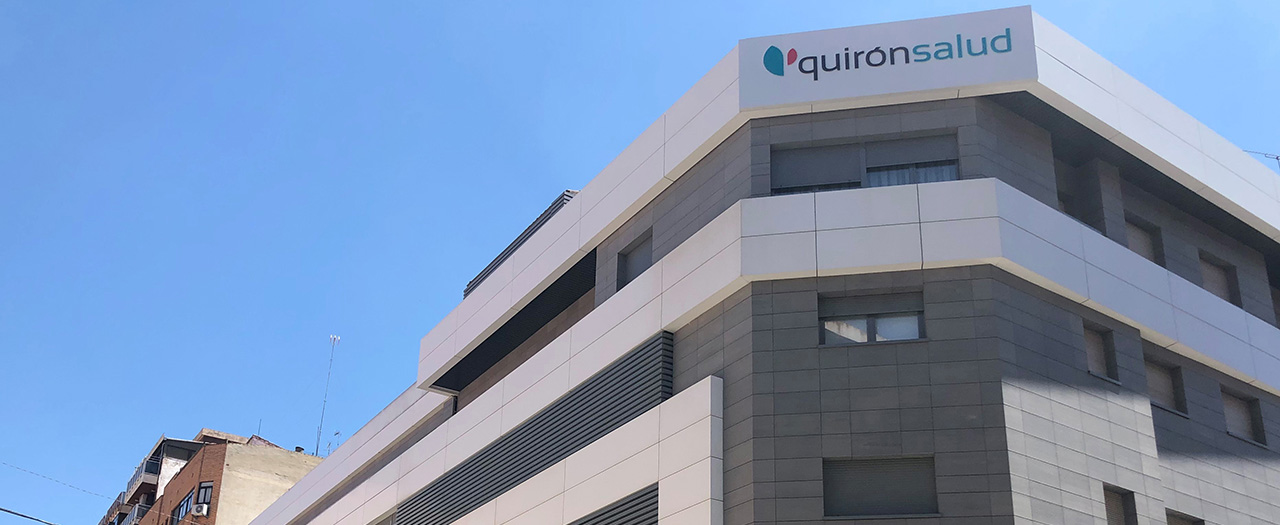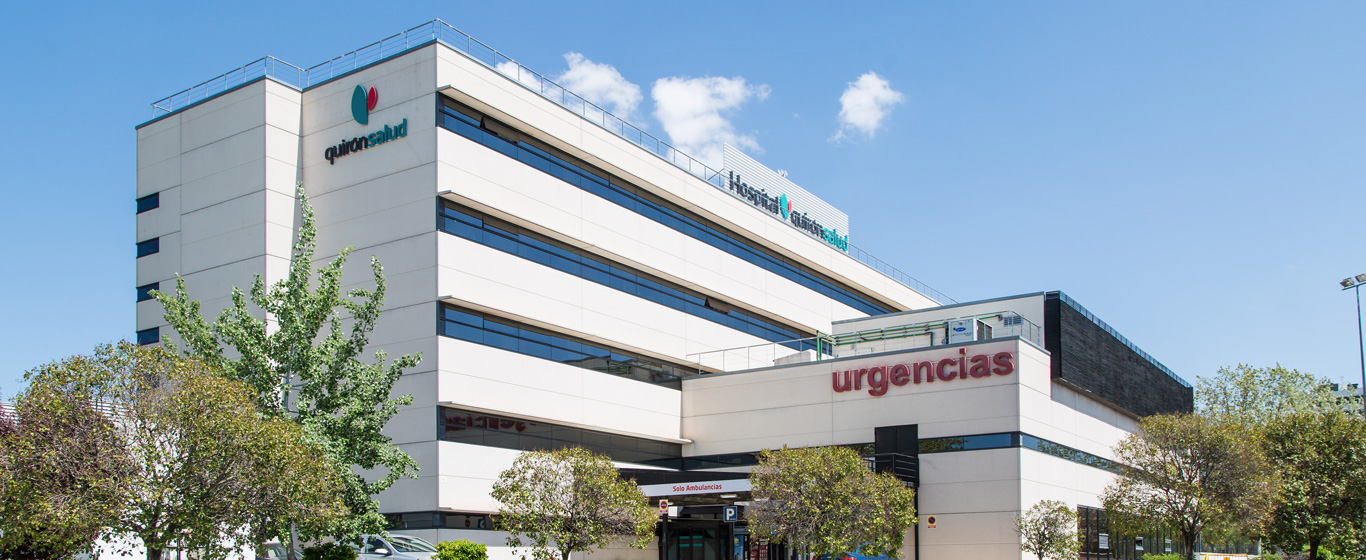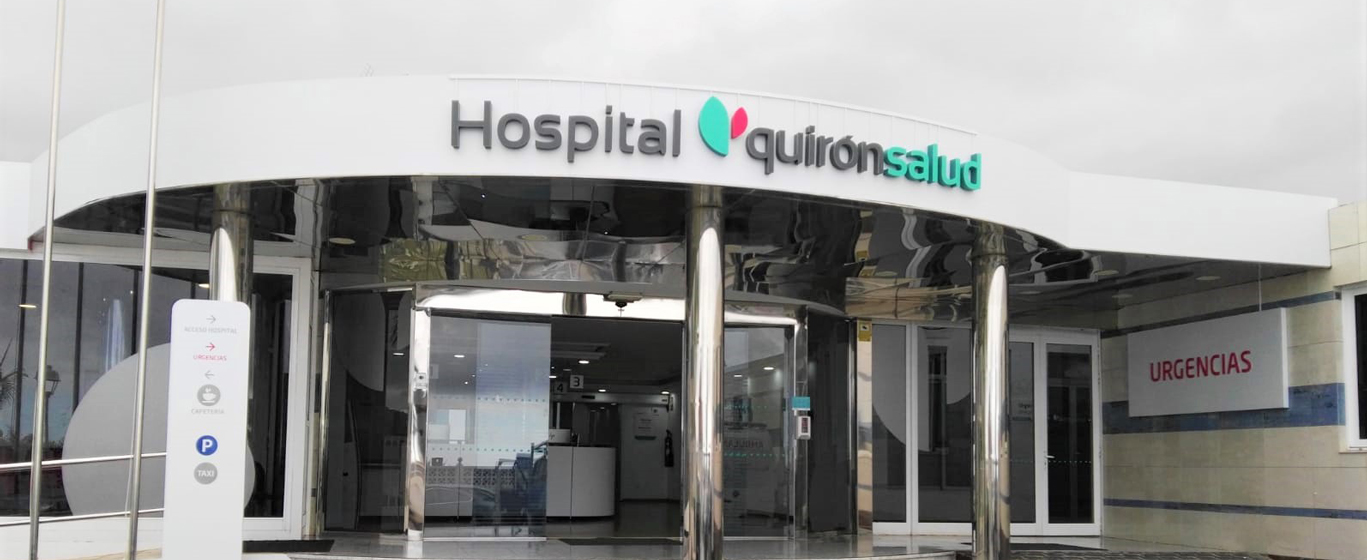Cerebral Aneurysm
What is life like after a cerebral aneurysm? Get all the information about the causes, treatments, and complications of this condition.
Symptoms and Causes
A cerebral aneurysm, also known as an intracranial aneurysm, is an abnormal bulging or dilation in the wall of a blood vessel in the brain. It occurs due to the pressure exerted by blood flow on a weakened area of the vessel wall. The aneurysm’s wall is thin and weak, making it prone to leaking or rupturing, which can cause bleeding in the brain (hemorrhagic stroke)—a medical emergency requiring immediate treatment to stop the bleeding and prevent brain damage.
Cerebral aneurysms are classified by shape into:
- Saccular aneurysm or berry aneurysm: The most common type. It has a round sac-like shape and protrudes from the main artery or one of its branches. It typically forms in the arteries at the base of the brain.
- Fusiform aneurysm: The bulging affects the entire weakened area of the blood vessel.
- Dissecting aneurysm: Blood enters through a tear in the arterial wall, separating its layers and distorting its shape.
Cerebral aneurysms are classified by size as follows:
- Small: Less than 11 millimeters, the most common size.
- Large: Between 11 and 25 millimeters.
- Giant: Larger than 25 millimeters.
Symptoms
Unruptured cerebral aneurysms often do not cause symptoms. However, if the aneurysm presses on nerves or brain tissue, it may result in:
- Eye pain.
- Dilated pupils.
- Vision difficulties or double vision.
- Numbness on one side of the face.
If a cerebral aneurysm ruptures, symptoms may include:
- Sudden and extremely severe headache.
- Vision loss, blurred vision, or double vision.
- Neck pain and stiffness.
- Nausea and vomiting.
- Drooping eyelid.
- Ringing in the ears.
- Seizures.
- Confusion.
- Drowsiness.
- Muscle weakness.
- Numbness or decreased sensation in any part of the body.
- Loss of consciousness.
Causes
Cerebral aneurysms develop due to thinning or weakening of the blood vessel walls. Possible causes include:
- Congenital: Present from birth.
- Bacterial or fungal infections in the blood vessel wall (known as mycotic aneurysm).
- Diseases that damage or weaken blood vessels: Atherosclerosis, hypertension, polycystic kidney disease, or hereditary connective tissue disorders.
- Arteriovenous malformations in the brain.
- Head trauma that injures the blood vessel wall.
Risk Factors
In addition to underlying diseases that may cause aneurysms, the risk factors include:
- Family history.
- Smoking: Affects blood flow.
- Drug use: Increases blood pressure. Intravenous drug use may also lead to infections that cause mycotic aneurysms.
- Excessive alcohol consumption: Raises blood pressure.
- Age: More common in adults aged 30 to 60.
- Sex: More frequent in women.
Complications
The main complication of a cerebral aneurysm is rupture, which can lead to serious brain damage or even death. Possible consequences include:
- Hemorrhagic stroke (bleeding or hemorrhage): Typically occurs in the space between the brain and its surrounding tissues (subarachnoid hemorrhage). A ruptured aneurysm may also cause recurrent bleeding.
- Vasospasm: Constriction of brain blood vessels, limiting blood flow.
- Hydrocephalus: Accumulation of fluid inside the brain due to bleeding blocking cerebrospinal fluid movement.
- Changes in blood sodium levels due to damage to the hypothalamus.
Prevention
To prevent cerebral aneurysms, it is essential to avoid associated risk factors by treating and controlling underlying diseases and maintaining a healthy lifestyle. If an aneurysm is detected, regular follow-up is necessary to monitor its progression.
Which Doctor Treats Cerebral Aneurysms?
Cerebral aneurysms are diagnosed and treated by specialists in radiology, neurology, and neurosurgery.
Diagnosis
Diagnosing a cerebral aneurysm involves various tests to determine its location and condition:
- Computed tomography (CT): A specialized X-ray that provides two-dimensional brain images.
- Cerebral angiography: A catheter is used to introduce a contrast dye into the blood vessels for X-ray imaging.
- Magnetic resonance imaging (MRI): Uses magnetic fields and radio waves to obtain detailed brain images.
- Magnetic resonance angiography: Produces detailed images of blood vessels without requiring a catheter.
- Lumbar puncture: If symptoms suggest an aneurysm rupture but imaging does not confirm bleeding, a lumbar puncture can analyze cerebrospinal fluid for red blood cells.
Unruptured, asymptomatic cerebral aneurysms are often detected incidentally during imaging tests performed for other reasons.
Treatment
Treatment options depend on the patient’s age, overall health, and the aneurysm’s size, type, and location.
Common treatments for cerebral aneurysms include:
- Medications to reduce symptoms or minimize stroke risk.
- Microsurgical clipping: A permanent metal clip is placed to reduce blood flow to the aneurysm.
- Endovascular embolization: The aneurysm is filled with various materials to block further blood entry and prevent rupture.
- Flow diversion: A stent is placed inside the blood vessel to divert blood flow away from the aneurysm.
If an aneurysm ruptures, emergency hospitalization and multiple procedures are necessary:
- Ventricular drainage to relieve pressure from excess cerebrospinal fluid.
- Shunt surgery to create a drainage channel directing fluid to the abdomen.
- Angioplasty to widen blood vessels narrowed by vasospasm.
- Medications to relieve headaches, control seizures, or dilate blood vessels.
- Rehabilitation therapy to address brain damage.










